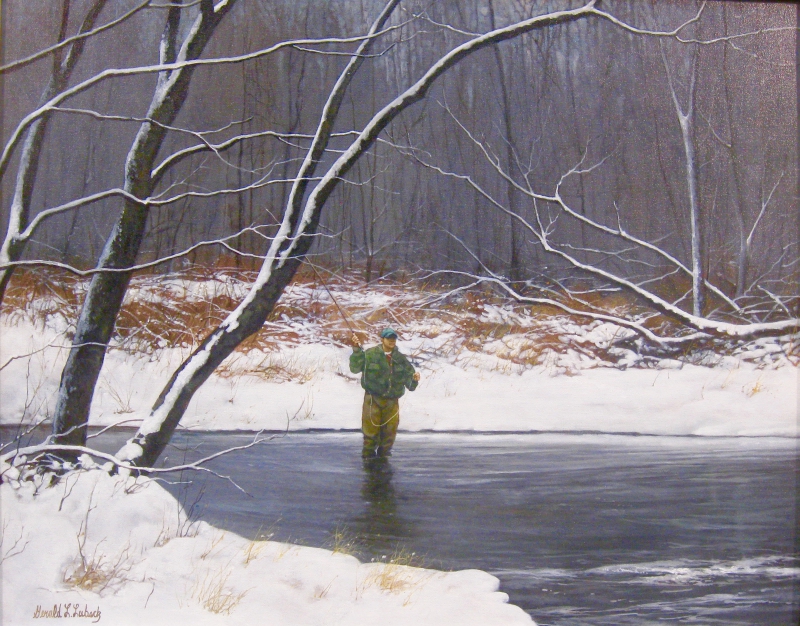Gov. Phil Scott and the Vermont Department of Tourism and Marketing recently released Vermont’s 2017 Tourism Benchmark Study. The biennial publication illustrates the positive impact tourism has on the Vermont economy through spending, jobs, and revenue to local and state governments. In 2017, 13 million people visited Vermont, bringing $2.8 billion into the state.
After manufacturing, tourism represents the largest contribution of out-of-state money to Vermont’s economy. The industry supports 32,000 jobs, or nearly 10 percent of the state’s workforce. The tourism sector contributed $391 million in tax revenue in 2017, which provides a tax reduction of $1,450 for every Vermont household.
According to the study, second homes make up 20 percent of all Vermont housing and second homeowners contribute $380 million in economic activity. With its proximity to the primary drive markets of New York and Boston, Southern Vermont (Rutland, Bennington, Windsor, and Windham counties) accounts for 50 percent of second home property tax revenue and generates 40 percent of the state’s rooms tax receipts. [accd.vermont.gov]
— Lynn Barrett, editor & publisher
This month’s cover:
Artist Gerald Lubeck was born in 1942 in New Jersey and now lives in Vermont, where he is best known for the beauty and realism of his Vermont landscapes and still lifes. While realism has always dominated his works, he is always experimenting with different media and approaches to all subject matter. His work is disciplined primarily by time constraints and mood, and he will be forever thankful that his parents, mentors, and friends never pushed him toward fake goals in painting or life. He believes that his work has been influenced by as many unknowns as masters. He is especially fond of the freedom of thought and style expressed by children. His work can be found at Tilting at Windmills Gallery in Manchester. Information: tilting.com.






















































